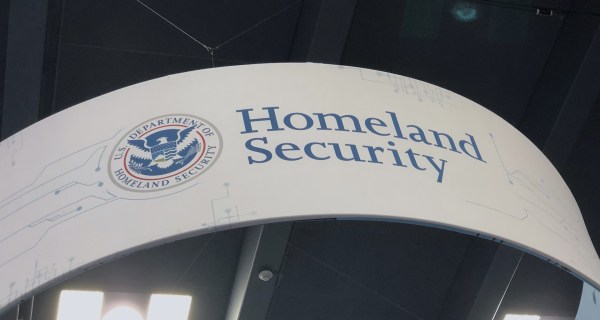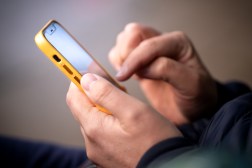 TSA has increased security for some U.S.-bound flights due to concern that terrorists may be using electronic devices to conceal explosives. (credit: Wikipedia)
TSA has increased security for some U.S.-bound flights due to concern that terrorists may be using electronic devices to conceal explosives. (credit: Wikipedia)Travelers heading to the United States on direct international flights will now have to show gate guards their powered-up electronics, the Transportation Security Administration announced Sunday.
According to the new directive, security at many foreign airports with direct flights to the U.S. may require passengers to power up their electronic devices at checkpoints. If owners are not able to power the devices for examination, they will not be allowed to bring them on their flight, TSA said in a release.
The heightened security measure comes as the Department of Homeland Security Secretary Jeh Johnson looks to re-evaluate measures to promote aviation security and thwart global terror threats. DHS intelligence last week provided reports to foreign airports and governments that an al-Qaida affiliate in Yemen may be developing an undetectable explosive device, similar to the underwear bomb and printer-cartridge bomb attempts.
Johnson explained in more detail Sunday on NBC’s Meet the Press why TSA will begin asking inbound travelers for their electronics.
“[O]ur job is to try to anticipate the next attack, not simply react to the last one,” he said. “And so we continually evaluate the world situation. And we know that there remains a terrorist threat to the United States. And aviation security is a large part of that. So this past week, I directed that we step up our aviation security at last point, at some last point of departure airports coming into the United States. This is not something to overreact to or over-speculate about. But it’s something we felt was necessary. We do this from time to time. We ratchet it down from time to time.”
For now, Johnson said, domestic flights should not be subject to the same heightened security and TSA “will work to ensure these necessary steps pose as few disruptions to travelers as possible.”
Though the specific intelligence hasn’t been publicized, an expert on the matter reasoned during the segment why electronics are becoming major targets.
“It’s not particularly difficult to disguise a bomb, to disguise it so that it can get through all the tracks,” said Roland Alford, managing director for Alford Technologies. “Potentially, you can, for example, take a laptop. You need to have the switches on them for it to work. So you’ve got to really start changing the inside of it, so that even though it goes through a scanner, it looks like a laptop, it works like a laptop, but actually, it’s a bomb.”
Travelers unable to power their devices may “undergo additional screening,” the TSA release said.






